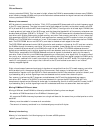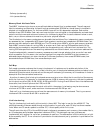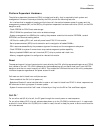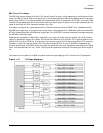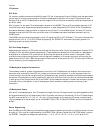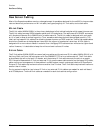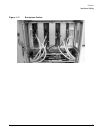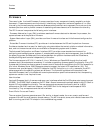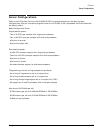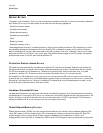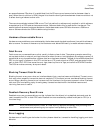
Chapter 1
Overview
New Server Cabling
52
New Server Cabling
Most of the Superdome cables remain unchanged except three cables designed for the sx2000 to improve data
rate and electrical performance: nn M-link cable, two types (lengths) of L-link cable, and a clock cable.
M-Link Cable
The M-link cable (A9834-2002A) is the primary backplane to 2nd cabinet backplane high speed interconnect.
The M-link cable connects XBCs between system and I/O backplanes. The cable uses 4x10 HMZD connectors
with Amphenol Spectra-Strip 26AWG twin-ax cable material. The M-link cable is designed with one length
but it is used in several connecting points. Thus, excessive cable length should be managed carefully. The
ideal routing keeps M-link cables from blocking access of power and XBC modules. Twelve high speed cables
should be routed around the backplane frame with the support of mechanical retentions. M-link cable is
designed with a more robust dielectric material than the legacy REO cable and can withstand a tighter bend
radius. However, it is desirable to keep the minimum bend radius at 2 inches.
E-Link Cable
The E-link cables (A9834-2000B) are seven feet long cables and the external E-link cable (A9834-2001A) is 14
feet long. Both use 2 mm HM connectors with Gore 26AWG PTFE twin-ax cable material. The E-link cable
and connects the cell to the local I/O chassis, and the external E-link cable connects the cells to a remote
PCI-X chassis. Because both E-link and external E-link use the same cable material as the legacy REO cable,
cable routing and management of these cables in sx2000 system remain unchanged relative to SuperDome.
External E-link cable requires bend radius no smaller than 2 inches. The E-link cable requires bend radius no
smaller than 4 inches.
During system installation two internal E-link or two external E-link cables are needed for each cell board
and I/O backplane. Twelve M-link cables are needed for each dual-cabinet configuration.



